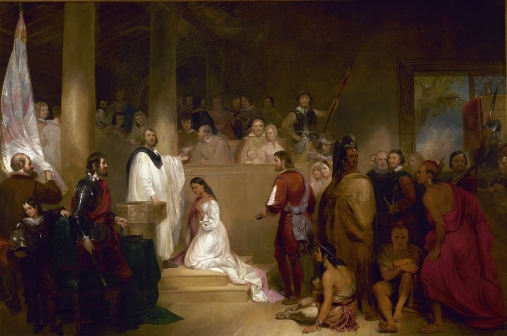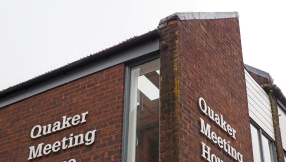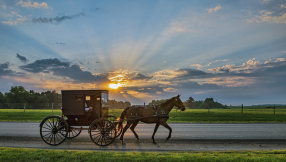
Archaeologists in Jamestown, Virginia are rebuilding a portion of the church where Native American teen Pocahontas married English settler John Rolfe in 1614.
The story of Pocahontas is an important part of America's colonial history, and her marriage to Rolfe brought years of peace between the settlers and Native Americans.
Pocahontas was a member of the Powhatan Pamunkey tribe, and the daughter of the chief. In 1613, she was captured by the English settlers and held for ransom. During her captivity, the 18-year-old was converted to Christianity, baptised, and given the name Rebecca.
Rolfe, a successful tobacco planter from Norfolk, England, married Pocahontas after the deaths of his first wife and infant daughter. Researchers believe they were wed in a church on the banks of the James River.
The remnants of the church were discovered in 2010, and considered one of the top 10 finds of the year by Archaeological Institute of America.
"Now we can actually point to the spot where Pocahontas got married," said Historic Jamestowne Director of Archaeology Bill Kelso. Senior Staff Archaeologist Dave Givens clarified that the new church would not be an exact replica of the one built in 1608.
"Our intention here is not to recreate the entire church but give some notion of the space, so that when people are standing inside the church they can understand what the walls would have looked like and the fabric of the building," he wrote in the Dig Updates blog.
The original church was made of wood and mud, but the new structure will be reinforced with fiberglass and concrete for safety.
An area in Tidewater, Virginia is also being studied and protected by archaeologists. The scientists believe the land was formerly known as Werowocomoco, and was ruled by Pocahontas' father.









